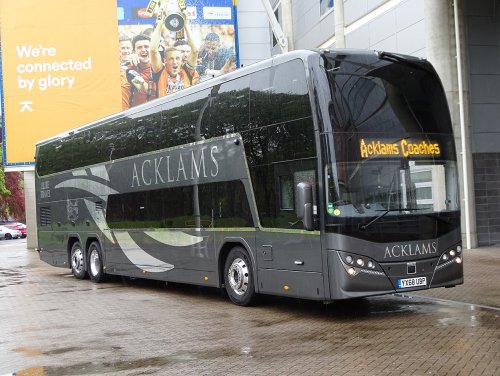It has been 11 months since the Plaxton Panorama demonstrator first broke cover in Scarborough. Sales are now gaining pace and the industry is curious to see what this important new product in the Plaxton range has to offer. Richard Sharman had the chance to test drive a recent delivery to Acklams Coaches of Beverley

The day dawned a cold, wet and windy as I made my way to Acklams Coaches’ depot in the historic market town of Beverley in the East Riding of Yorkshire.
On arrival at the operator, the first thing that was immediately apparent was that the company loves the Plaxton product; from the Cheetah XL to the Panther and Elitei, it’s all here and in immaculate condition.
[…]By subscribing you will benefit from:
- Operator & Supplier Profiles
- Face-to-Face Interviews
- Lastest News
- Test Drives and Reviews
- Legal Updates
- Route Focus
- Industry Insider Opinions
- Passenger Perspective
- Vehicle Launches
- and much more!


